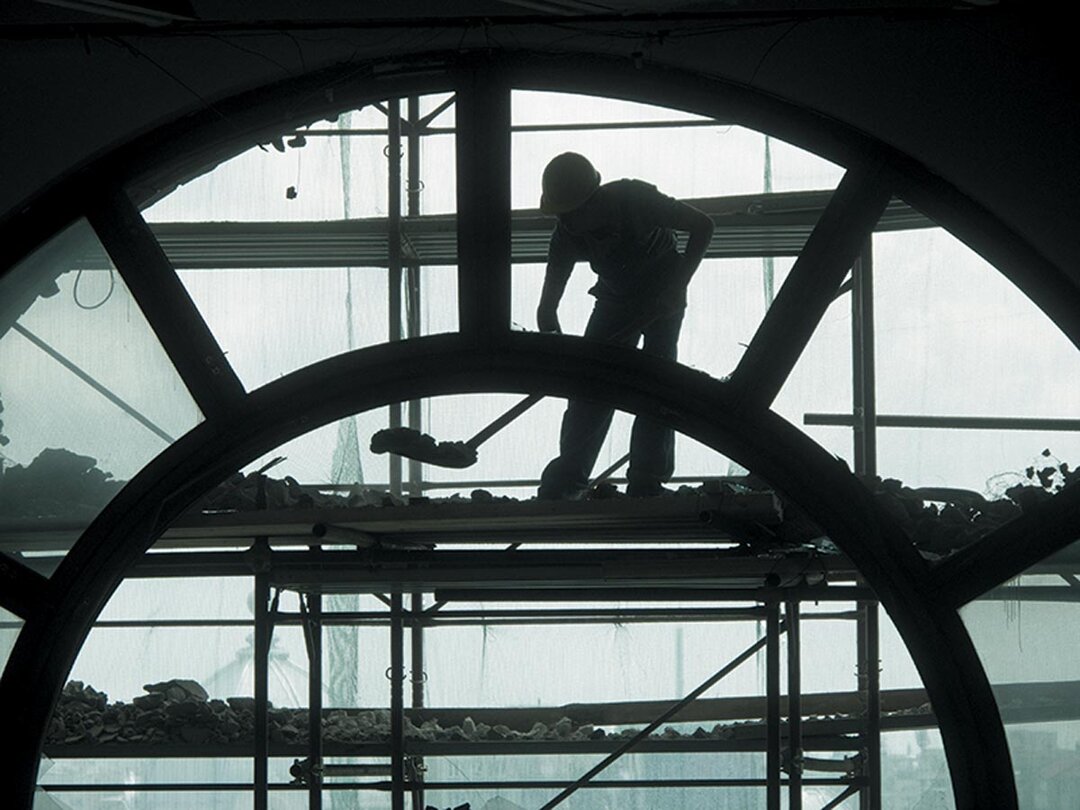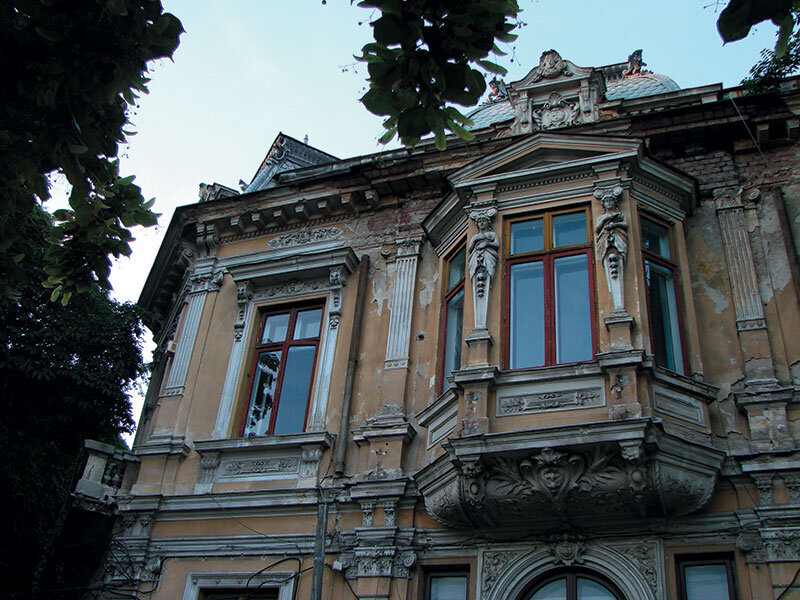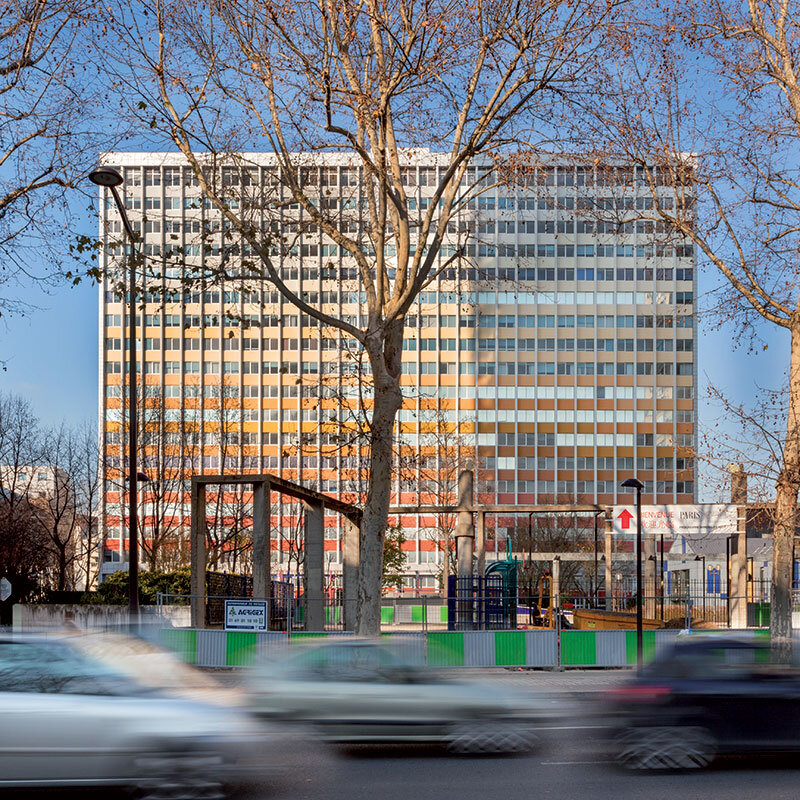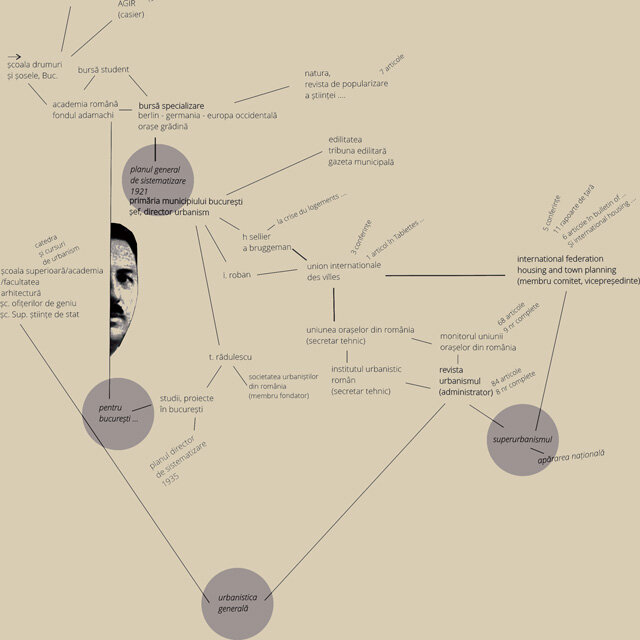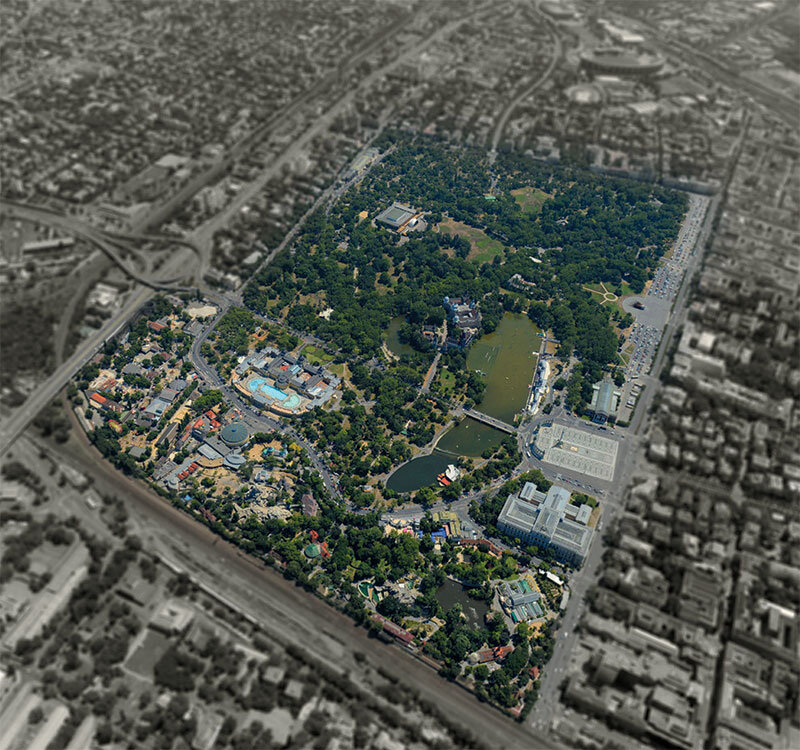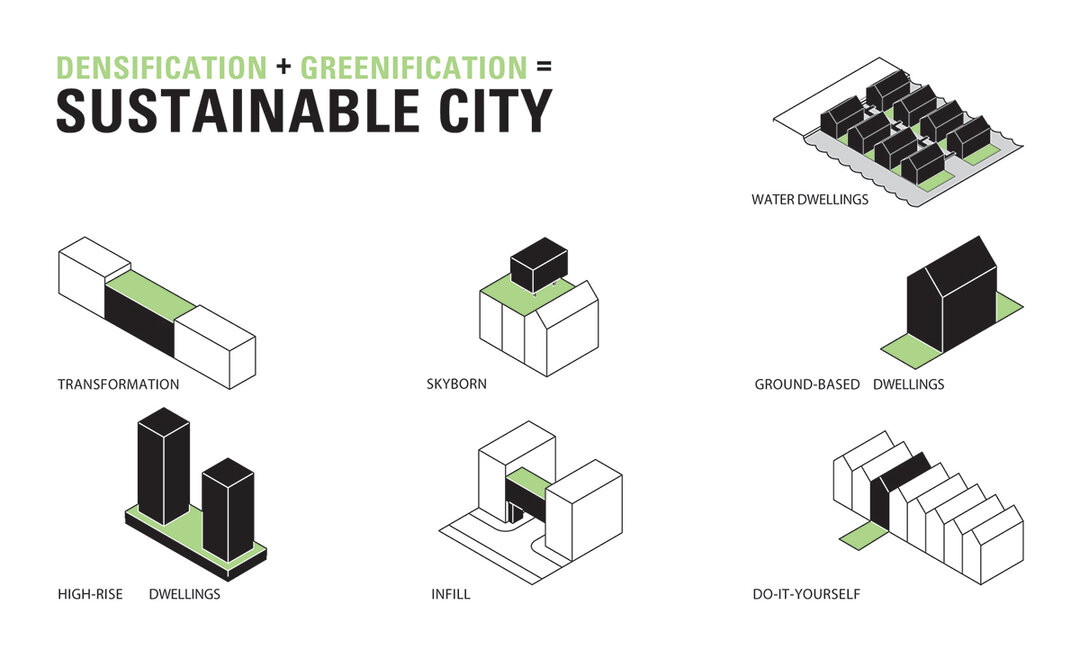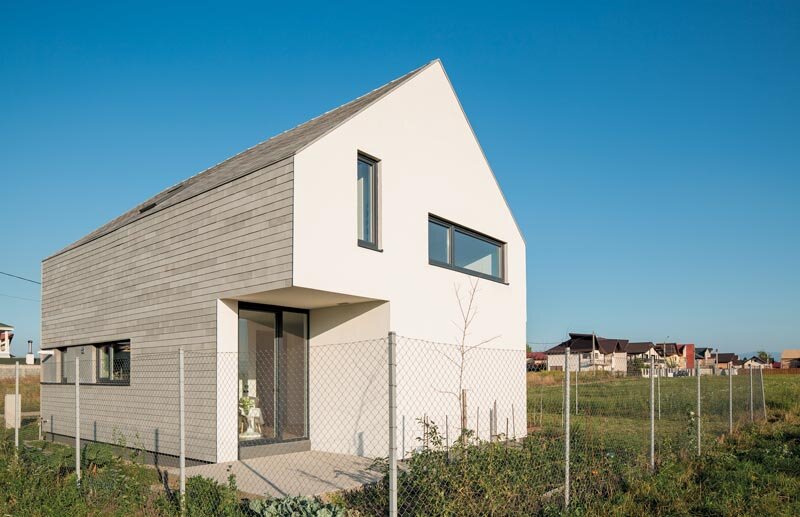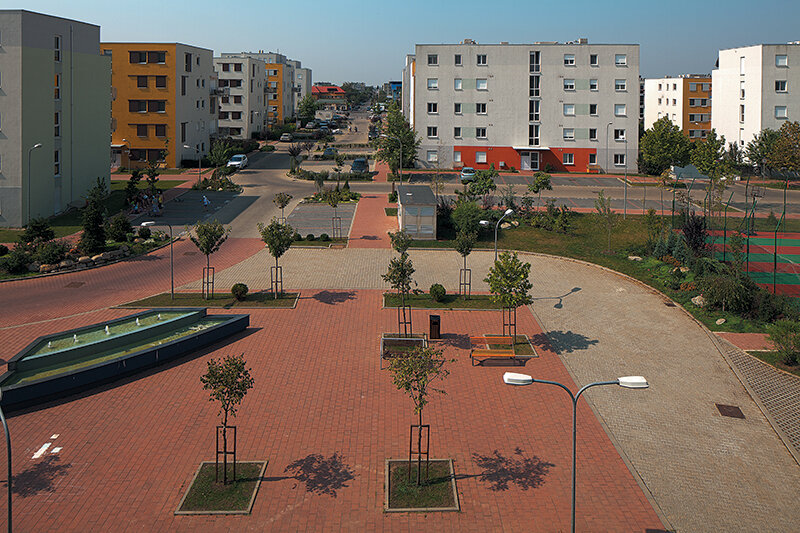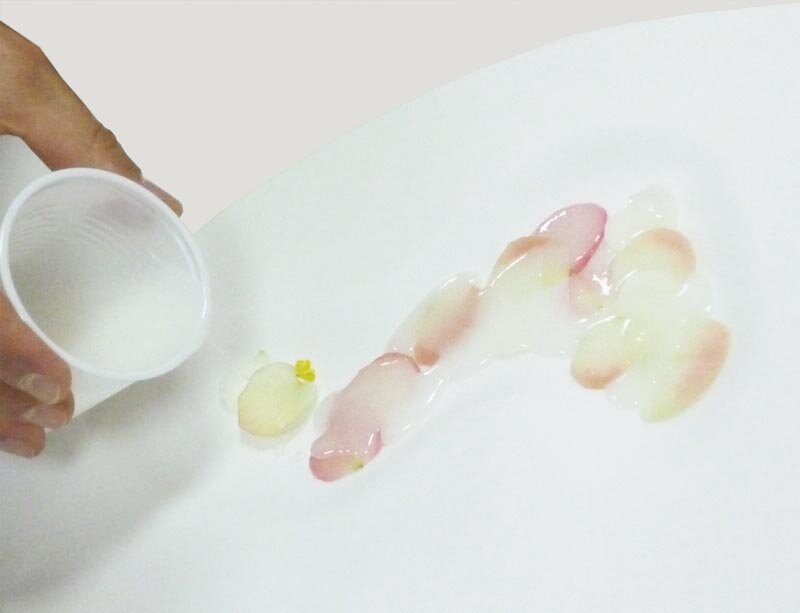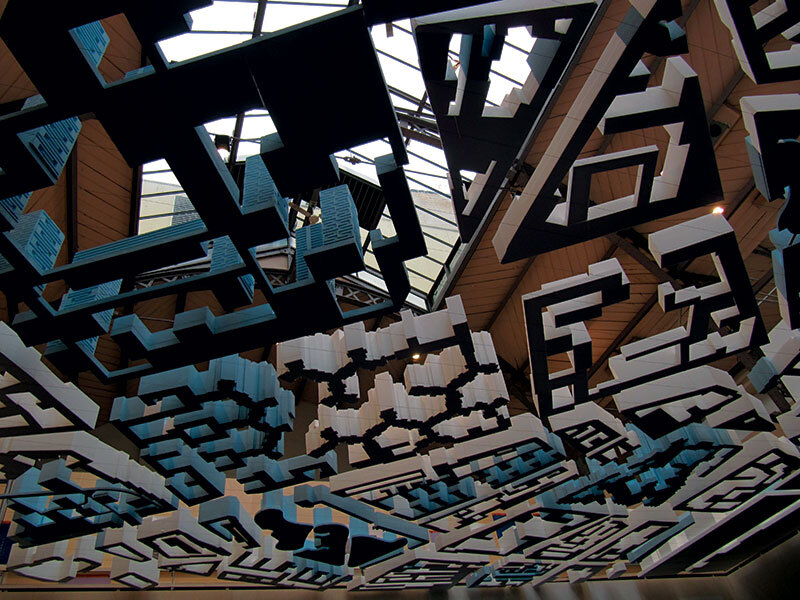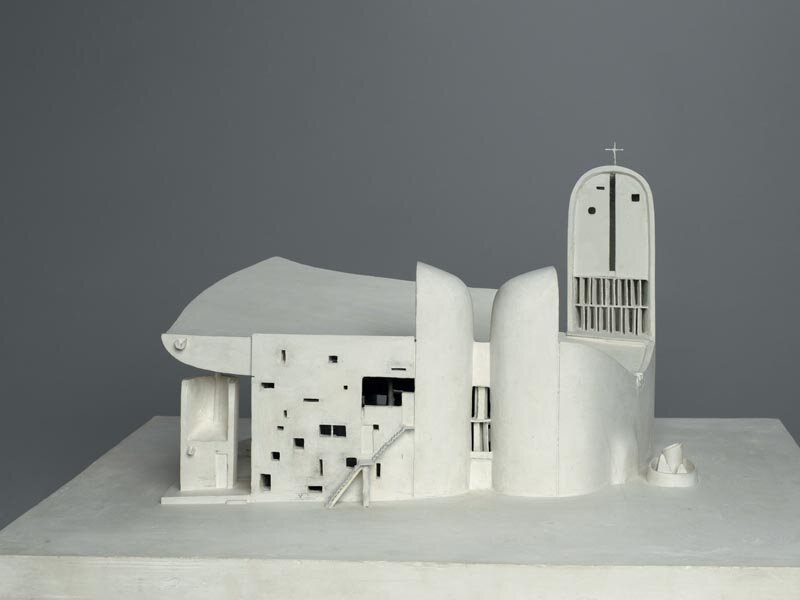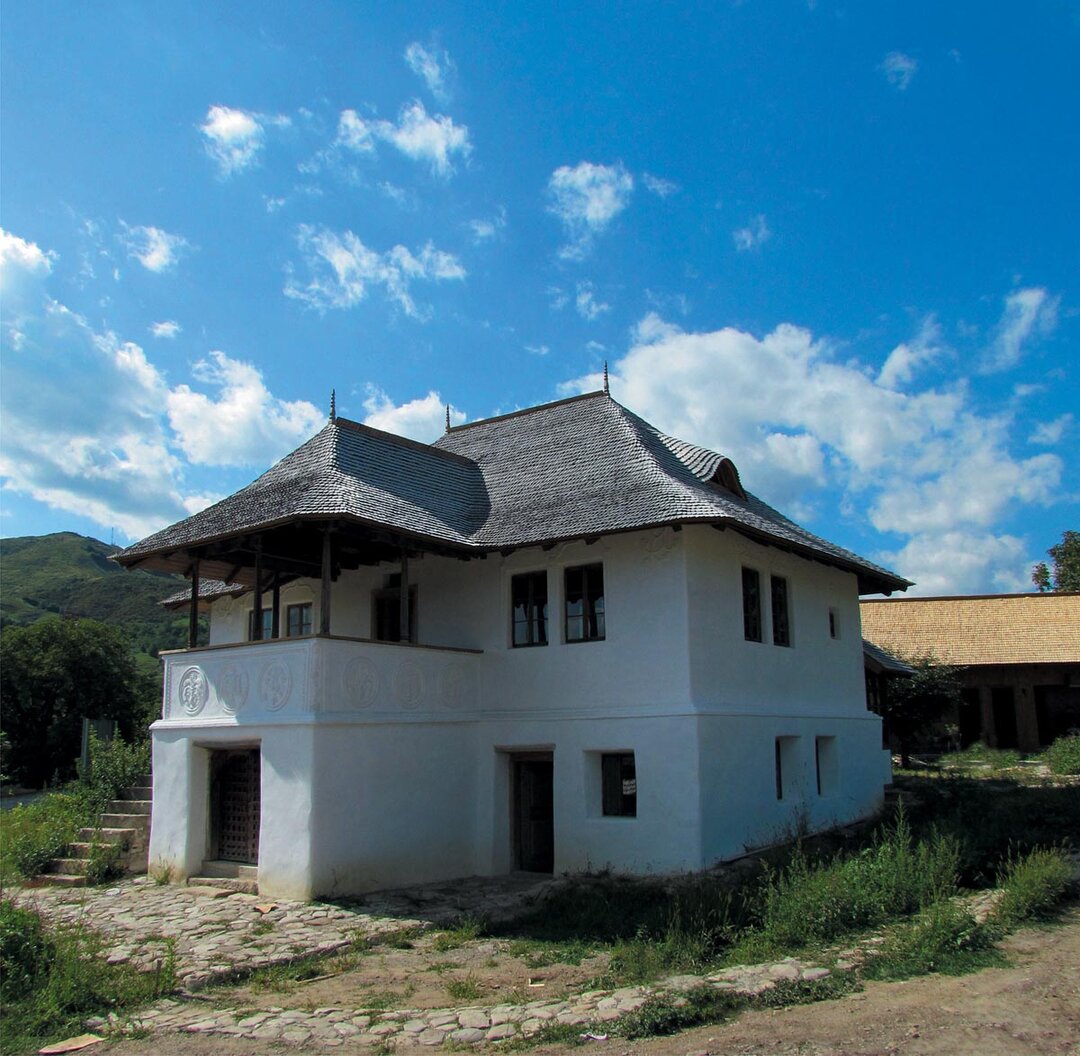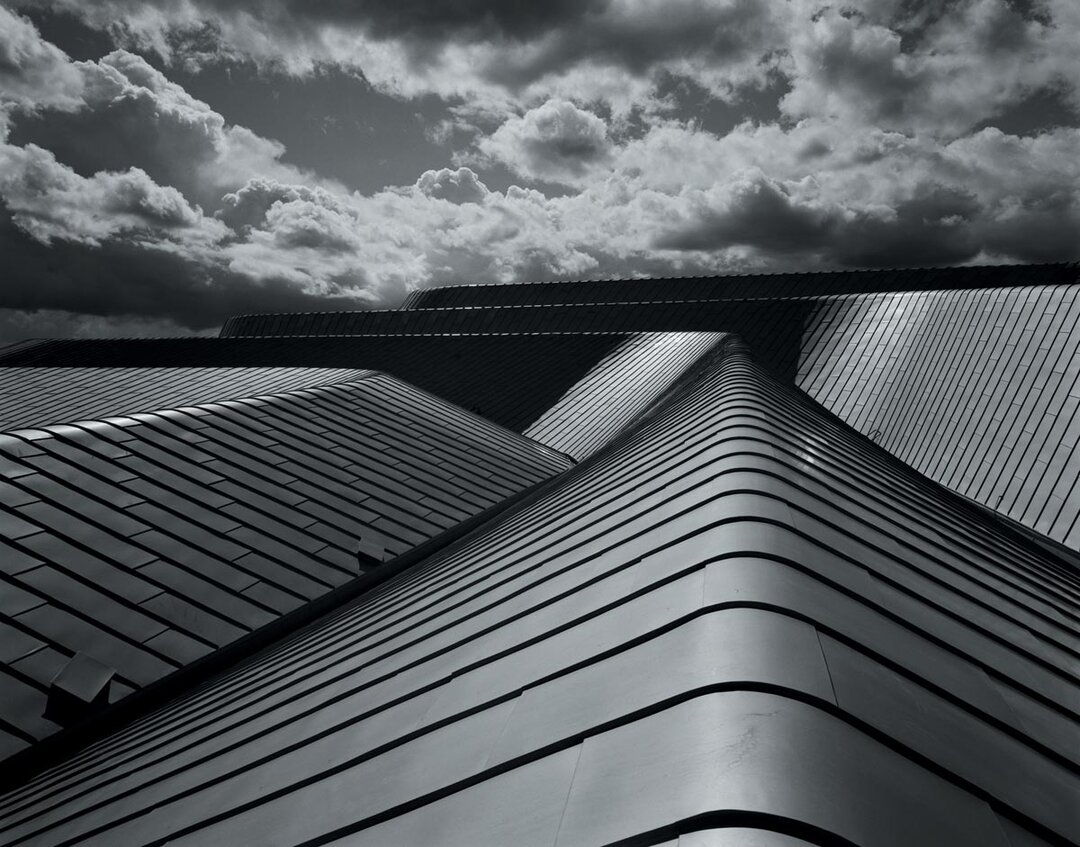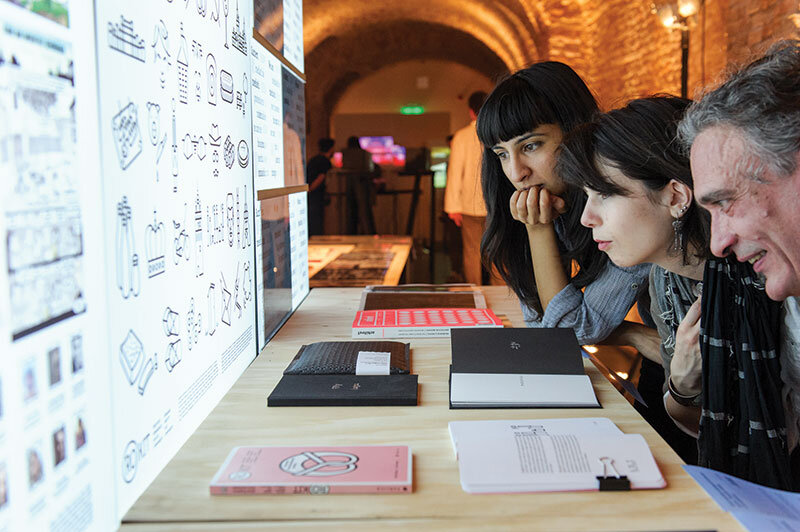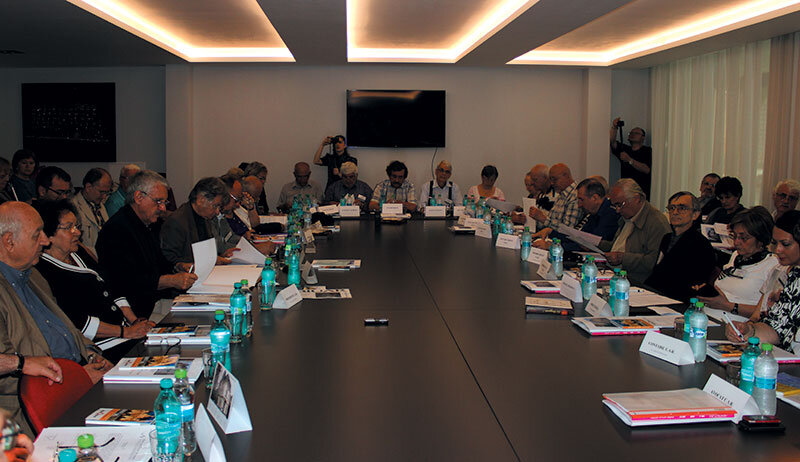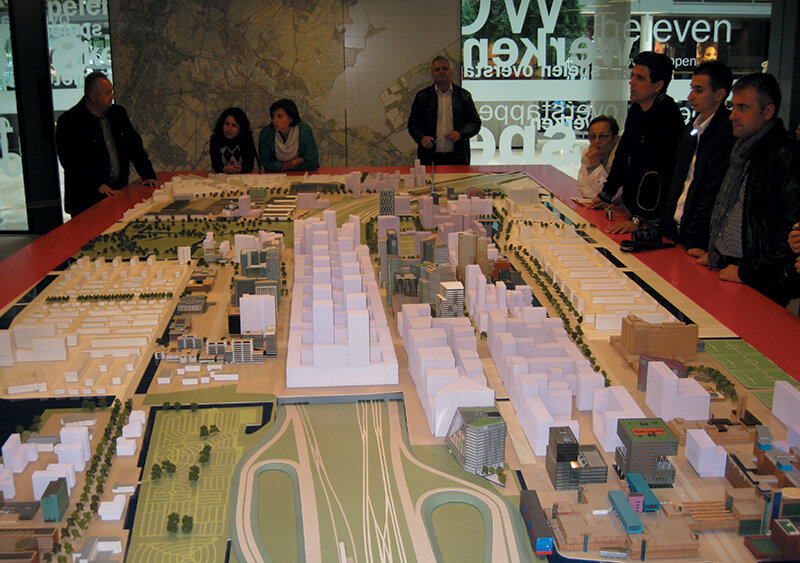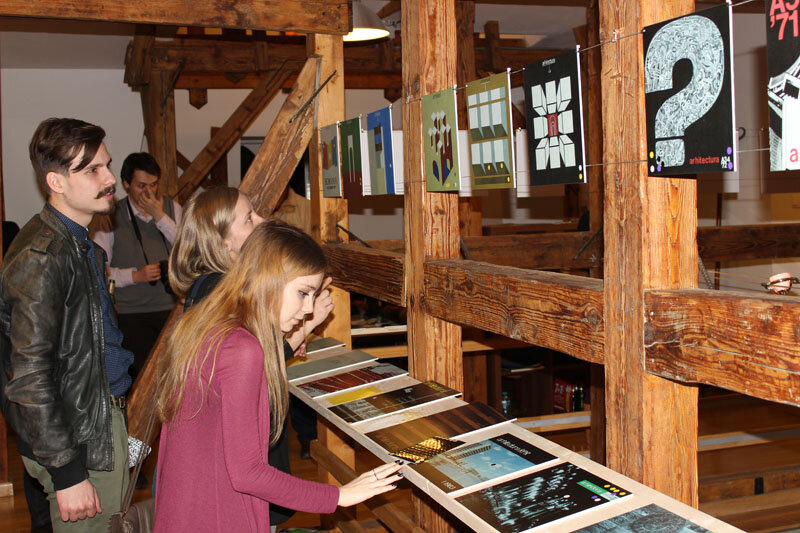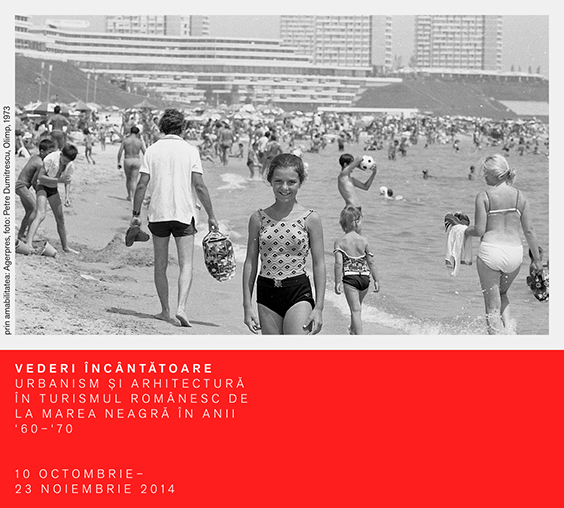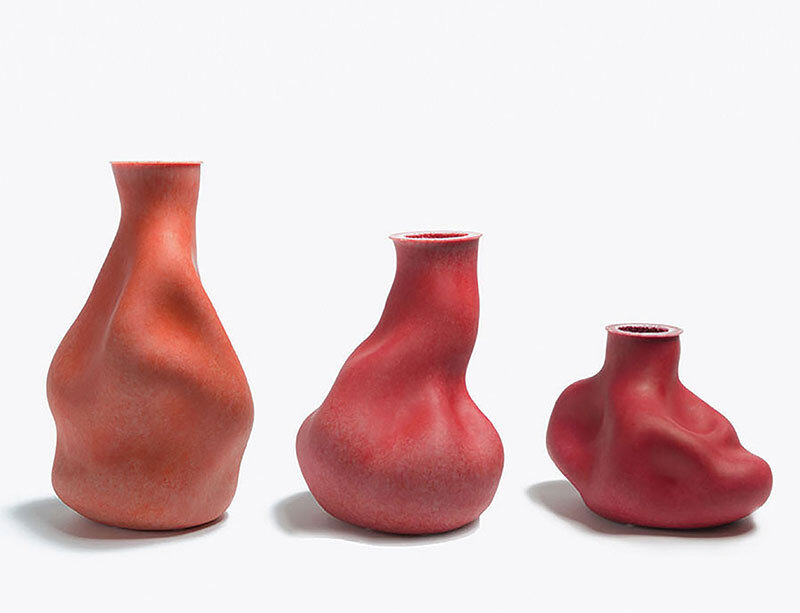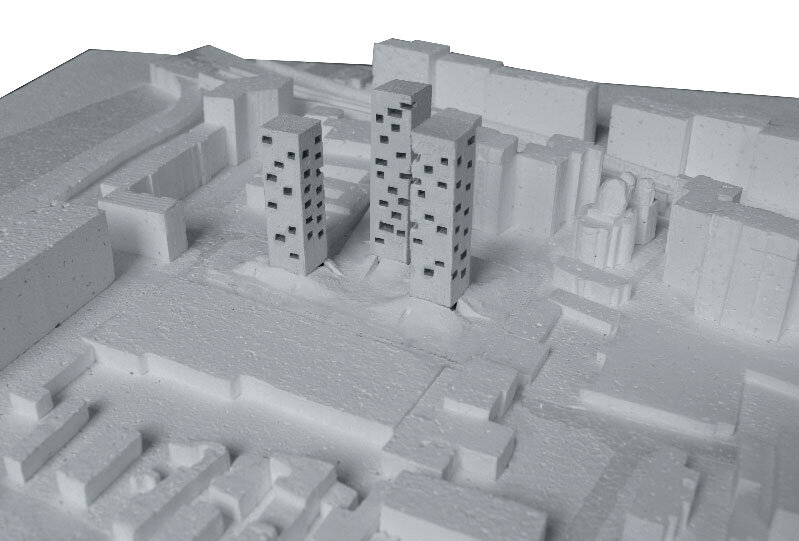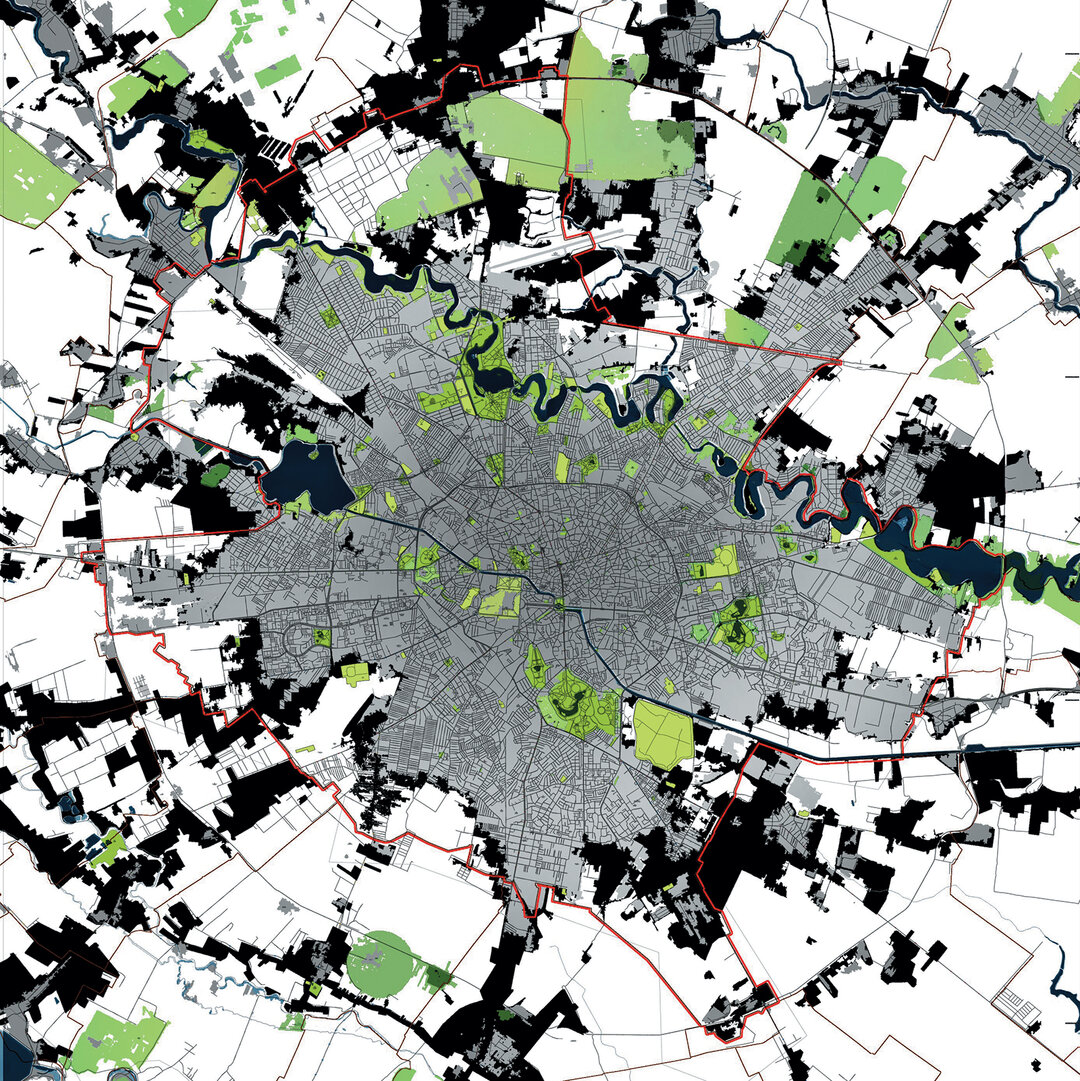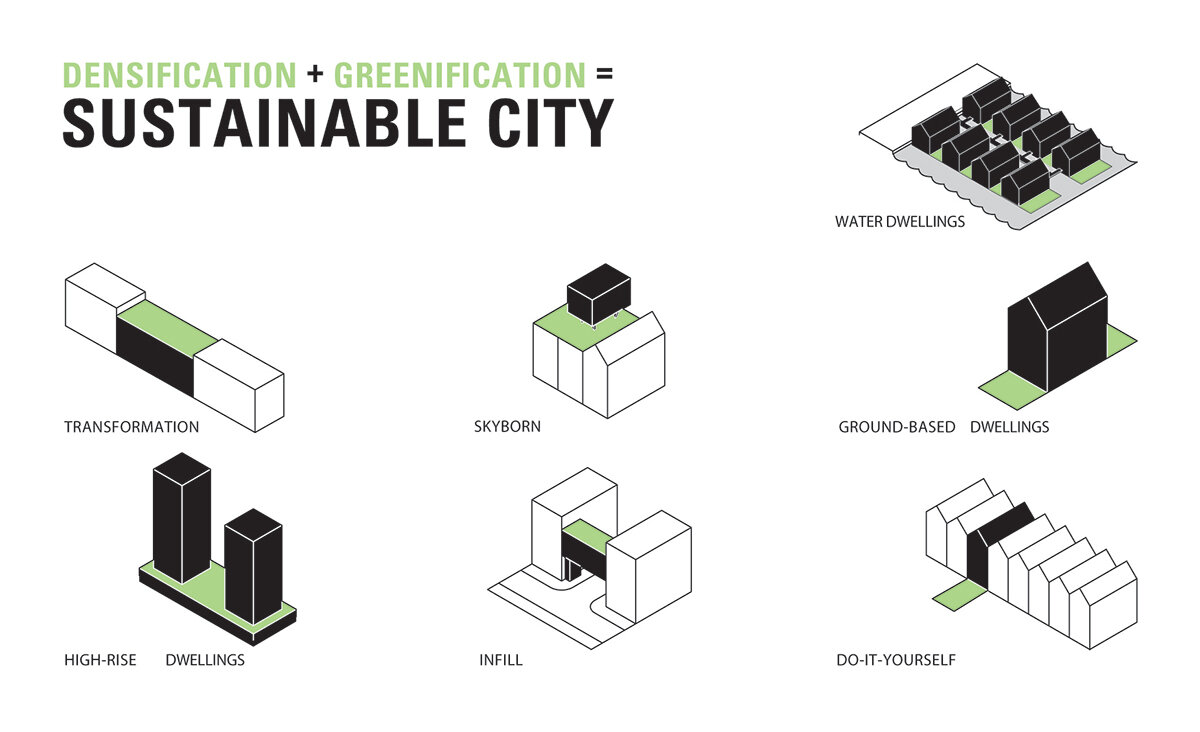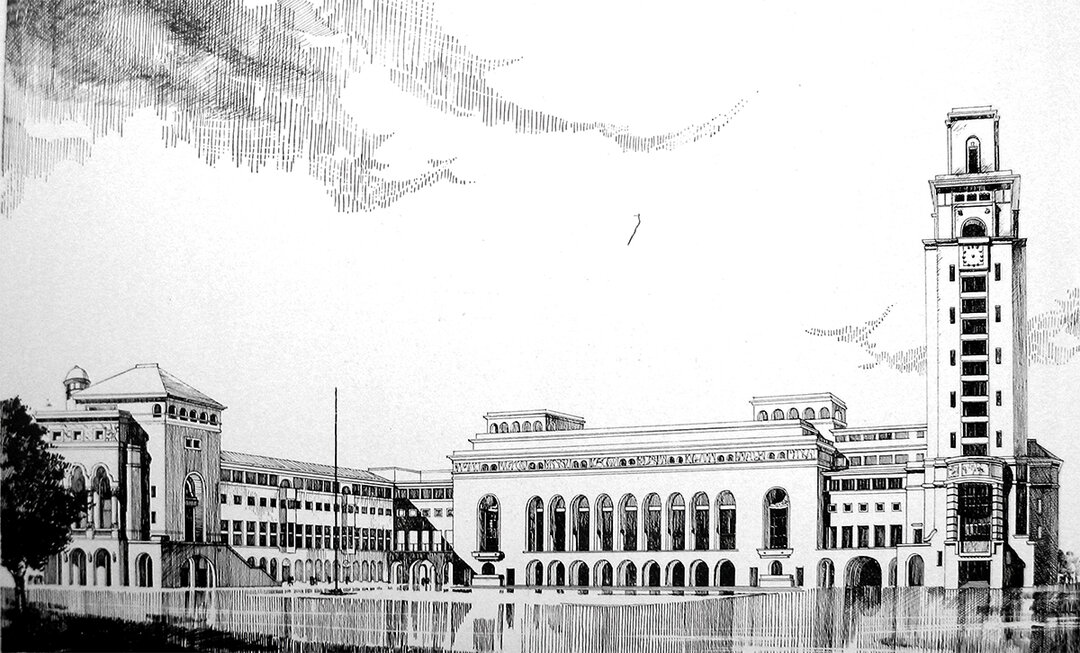
The People Make the City Center, Case Study – Rotterdam
Relevance
Contemporary movement in the reorganization of urban space points to an increased focus on central areas, aiming for increased interaction and collaboration, optimal use of services and utilities, and an increased role for communities in the design of the areas in which they live.
Source: Tillie N., Aarts M., Marijnissen M., Stenhuijs L., Borsboom J., Rietveld E., Doepel D., Visschers J., Lap S., Rotterdam, People make the inner city, issued on the occasion of the5th International Architecture Biennale Rotterdam, Gemeente Rotterdam, 2012.
Rotterdam
Profile: port city (Europe's largest port)
Location: Rhine-Meuse Delta
Area: 319 km²
Population: 611,000 inhabitants
Green spaces: 19.7% of city surface area
Water: 34.9% of city surface
Fig. 1: Densification + greening = sustainable city
As an internationally renowned port, Rotterdam has experienced many challenges in its development that have enhanced its competitive nature. Throughout its history, the city has had to adapt to changing circumstances and changes, a process that has led to innovative solutions in its urban development. The Waterplan Rose project, which proposed a set of solutions to improve water quality and create a green living environment along the canals, is just one example that springs to mind. Some of the city's residents might even argue that its strength and resilience over time comes from its ability to turn problems into opportunities and constraints into strengths.
The recent years of the global financial crisis have brought back into the debate ways in which central areas can be redeveloped in the context of diminishing non-renewable resources, stimulating the creativity of specialists in the use of new forms of energy for housing, for the sustainable development of cities that are more adaptable to climate change, with increased possibilities for generating profitable economic activities. Many of these aspects are taken up in the plans for densification and greening of Rotterdam's central area. What strategy should be pursued if the aim is to increase the number of inhabitants to 30,000? And which strategy could improve the quality of housing in the central area in the long term?
The issue of repopulating central areas was launched in 2011, and the final results were presented in the context of the 5th International Architecture Biennale organized in Rotterdam (2012). After researching the topic, one idea emerged clearly: the future inhabitants will be the main promoters of the economic and urban renaissance, and even more, creating attractive conditions for families to settle in the central area (although they will constitute only 20% of the resident population after the densification process) become preconditions for success in outlining the strategy. The working hypothesis of the research project was based on the idea that through densification and the creation of a pleasant environment of new green spaces, the quality of life in the central area will improve, which will contribute to making Rotterdam a sustainable city.
Smart densification - physical space and mental space
Urban areas are powerful economic drivers and central areas play an important role. Until the central area redevelopment strategy was established, only 5% of Rotterdam's population lived in the central area, compared to 10% in other Dutch cities. Sustainable development is a concept that is about people, planet, profit and involves measurable socio-economic growth in a protected environment.
Read the full text in issue 2 / 2015 of Arhitectura Magazine

